
Origin/Endemic status: Endemic
Taxonomy Comments: The name E. cuneifolium must be rejected on nomenclatural grounds (Gandhi & Thomas 1991).
Synonymy: = K1; = Eupatorium cuneifolium Willd. – S; = Eupatorium cuneifolium Willd. var. cuneifolium – F; < Eupatorium cuneifolium Willd. – C, G, RAB, SE1; < Eupatorium glaucescens Elliott – Tx; < Eupatorium linearifolium Walter – Fl7, FNA21, K3, K4, WH3
Heliophily: 9
Hover over a shape, letter, icon, or arrow on the map for definition or see the legend.
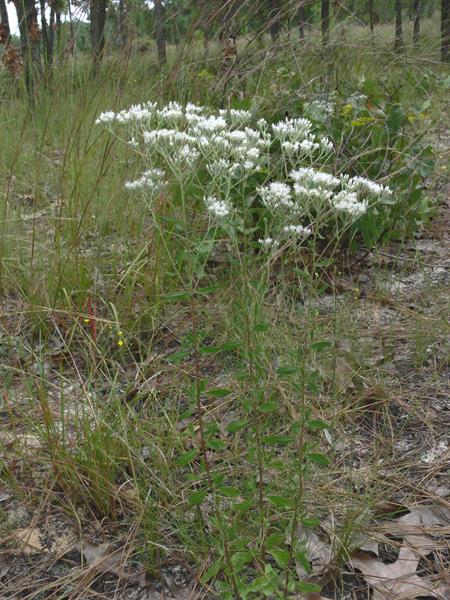 © Bruce A. Sorrie | Original Image ⭷
© Bruce A. Sorrie | Original Image ⭷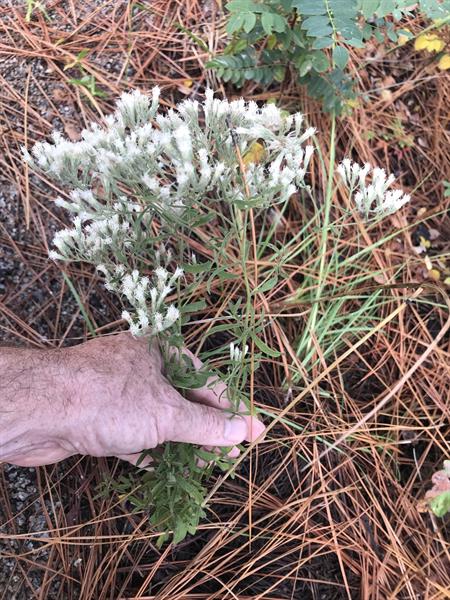 © Alan Weakley source | Original Image ⭷
© Alan Weakley source | Original Image ⭷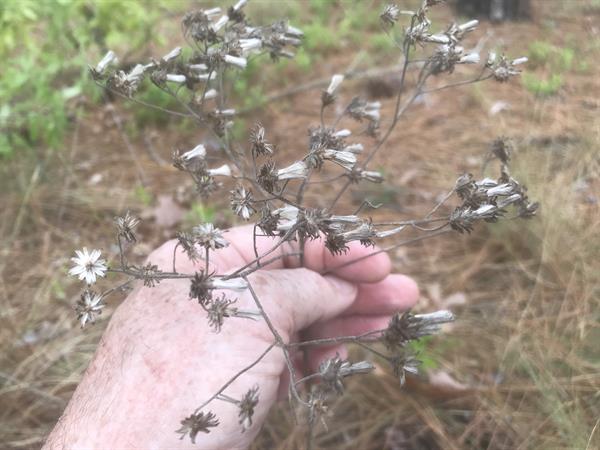 © Alan Weakley source | Original Image ⭷
© Alan Weakley source | Original Image ⭷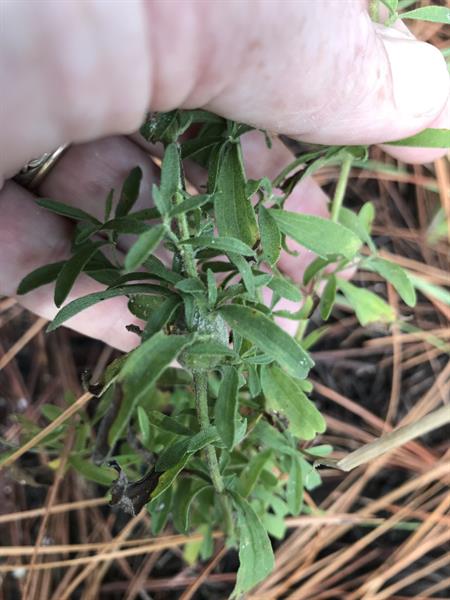 © Alan Weakley source | Original Image ⭷
© Alan Weakley source | Original Image ⭷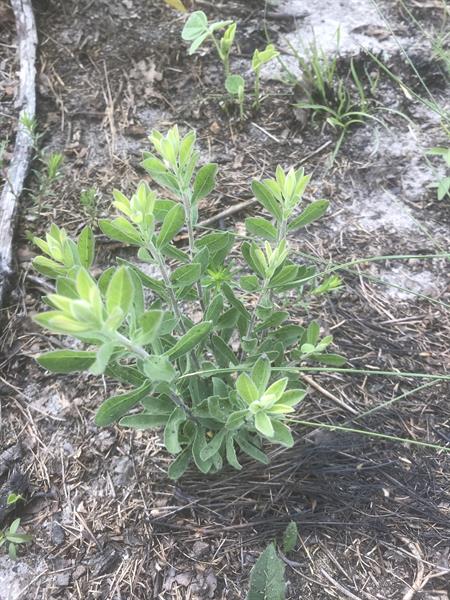 © Alan Weakley source | Original Image ⭷
© Alan Weakley source | Original Image ⭷Feedback
See something wrong or missing on about Eupatorium glaucescens? Let us know here: (Please include your name and email if at all complicated so we can clarify if needed.)
Cite as...